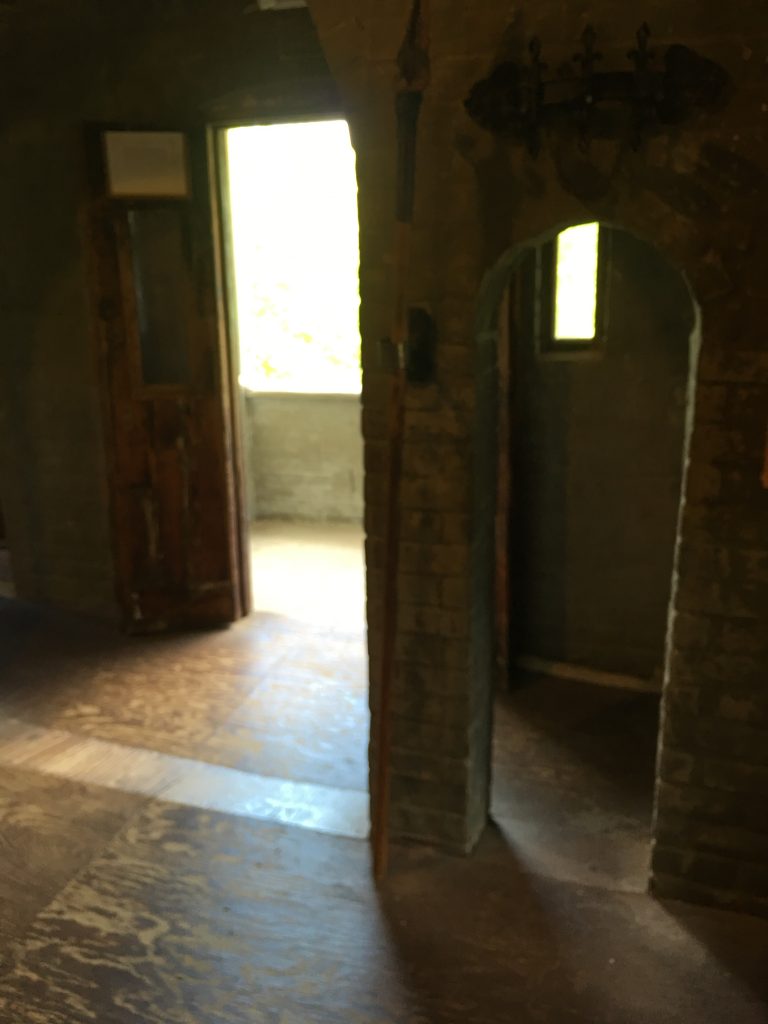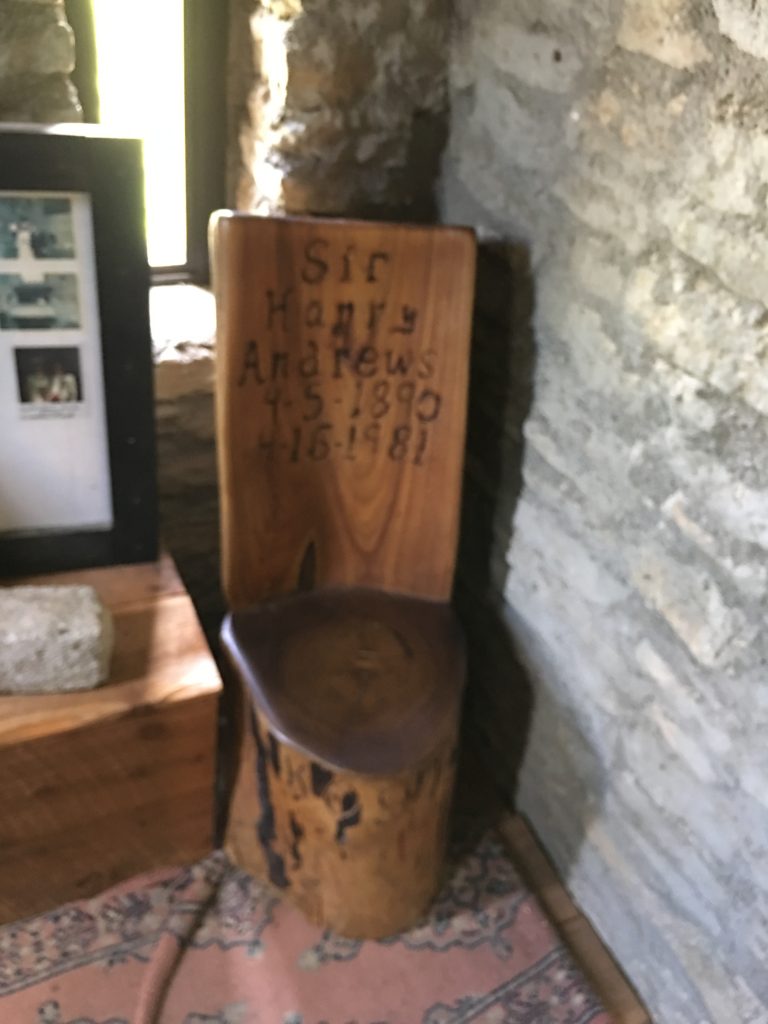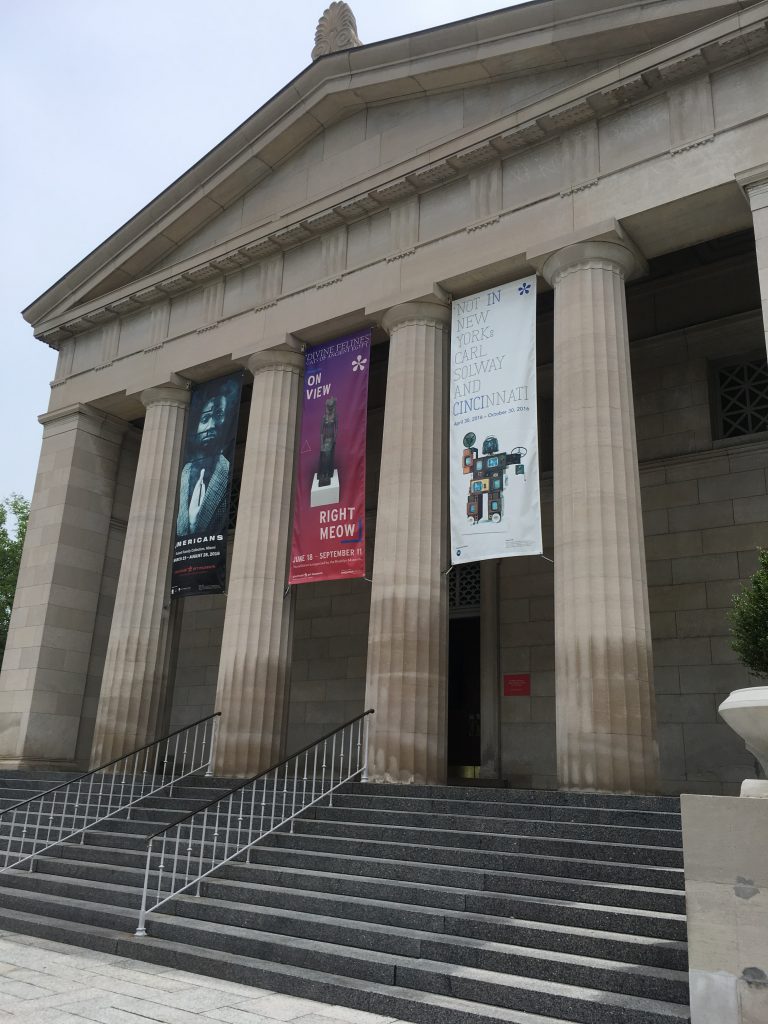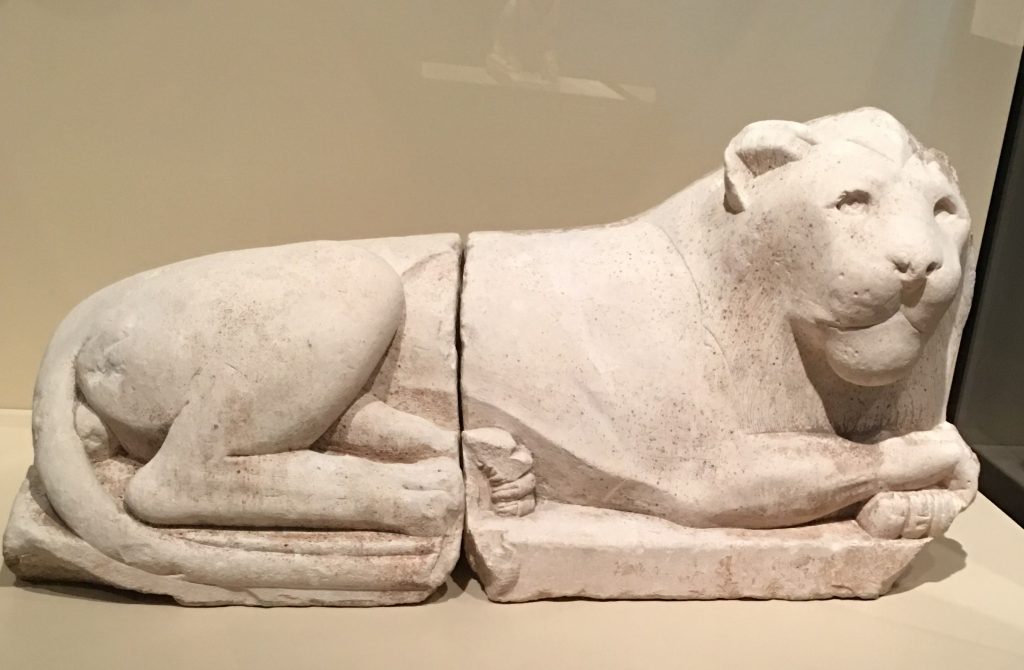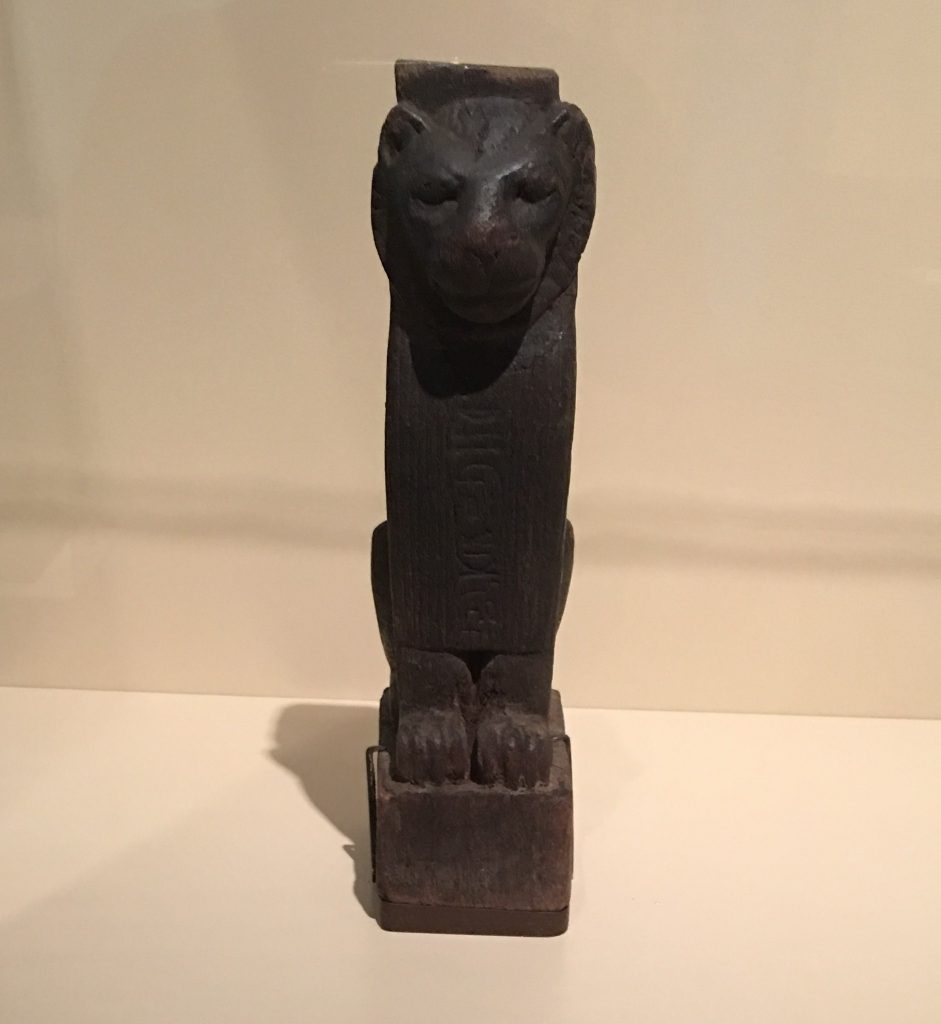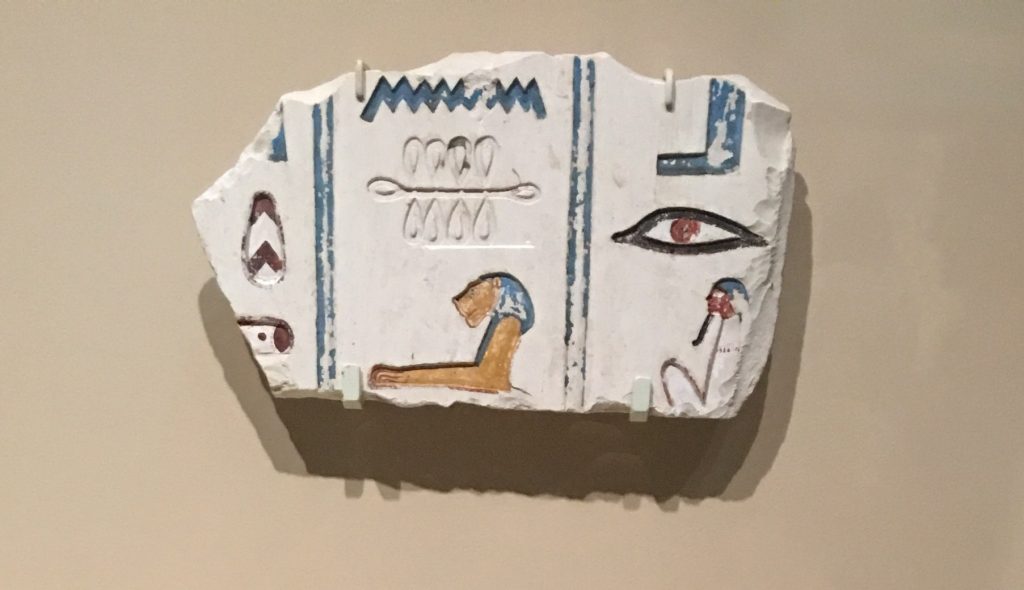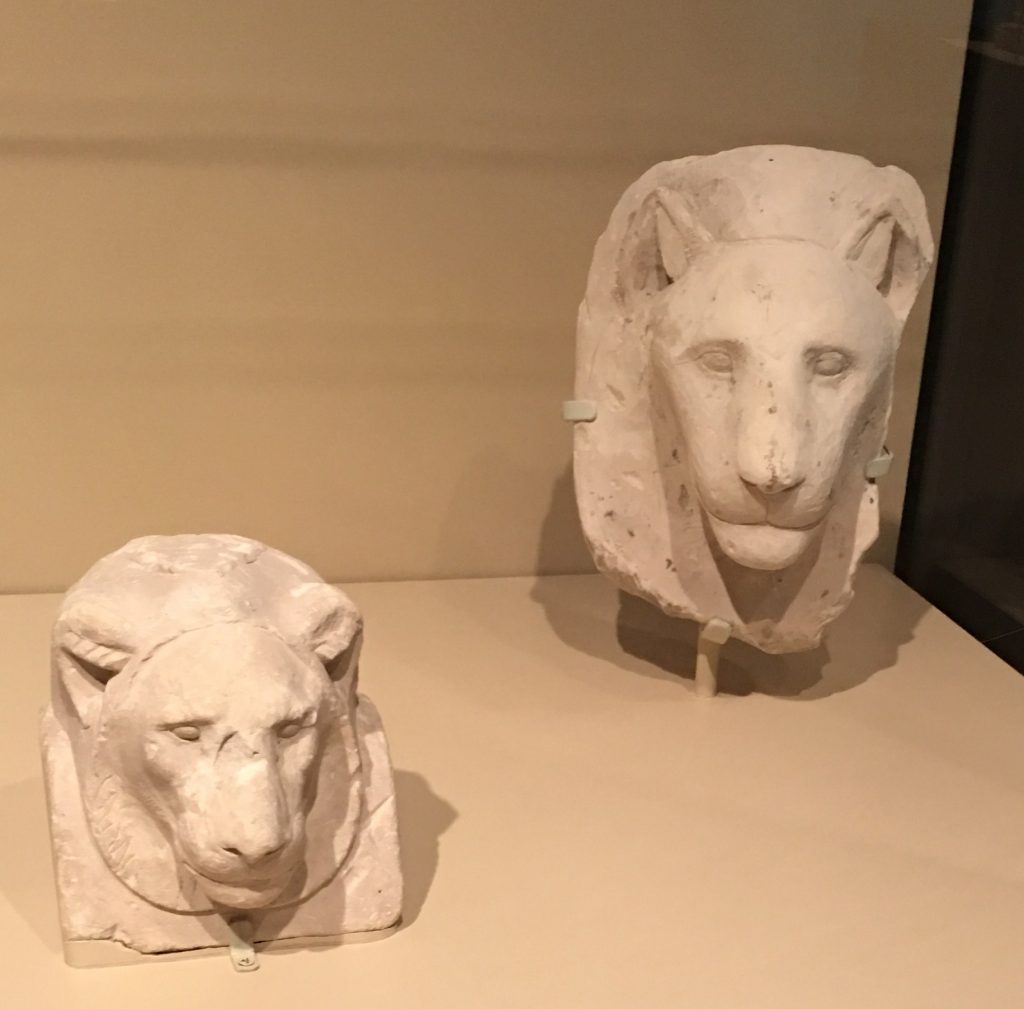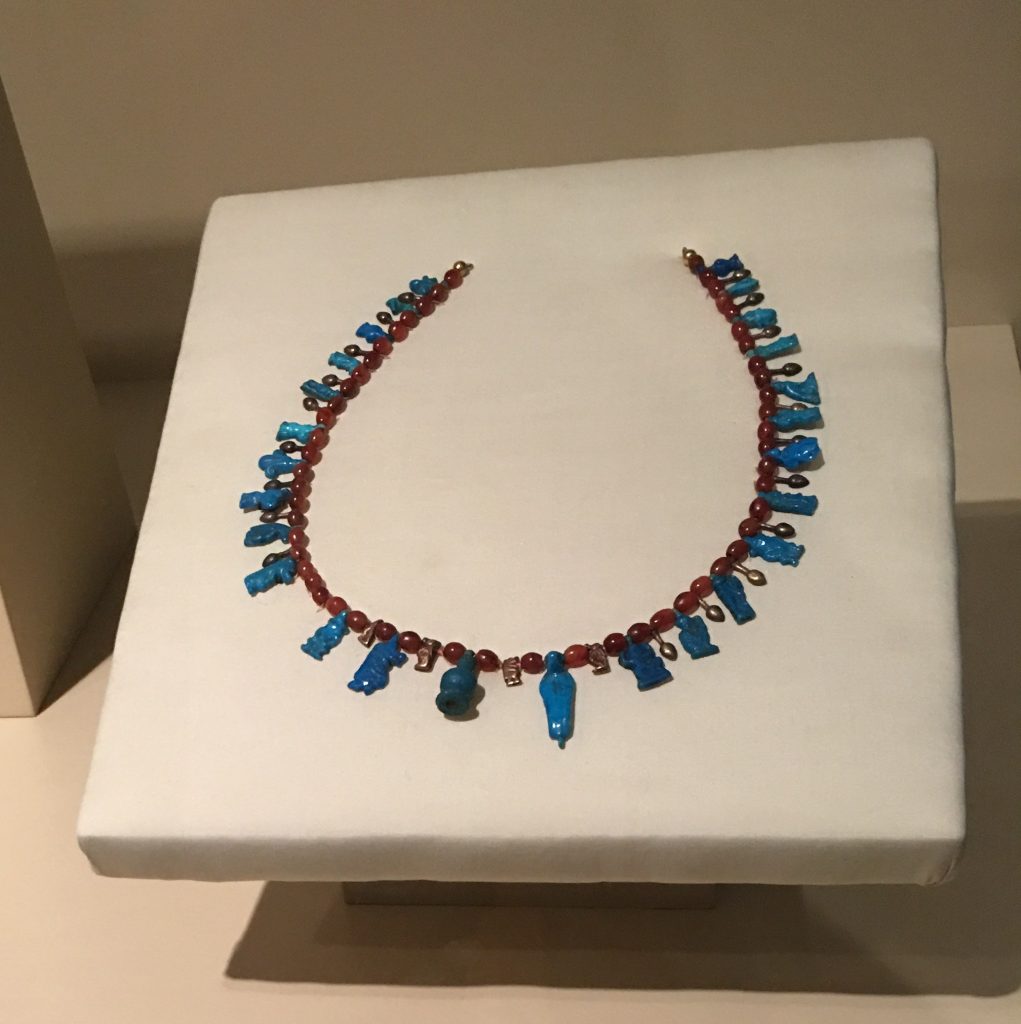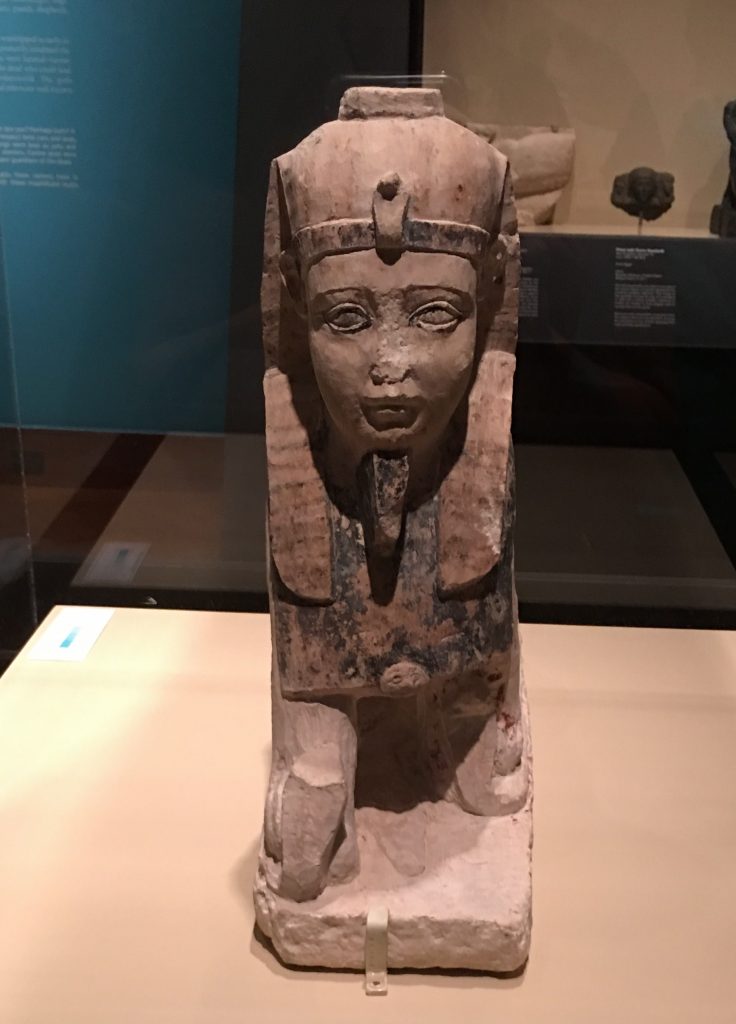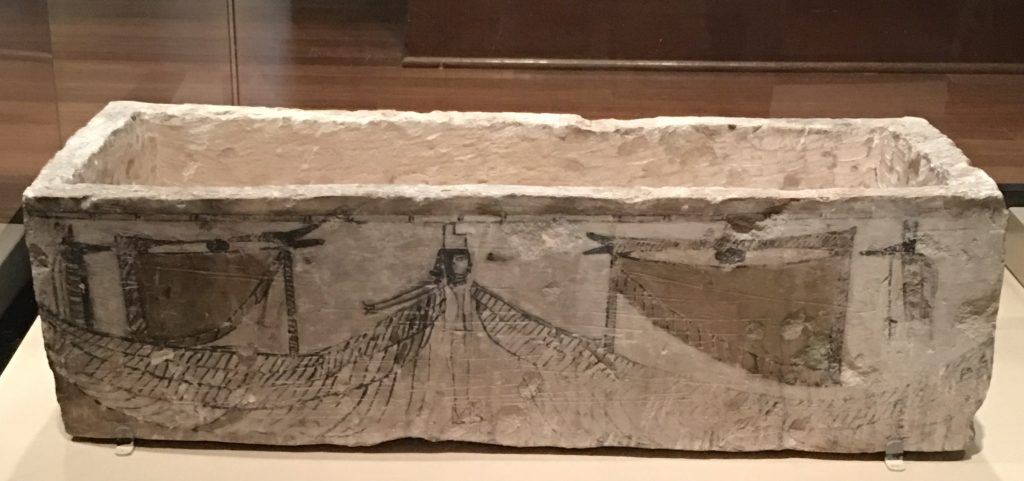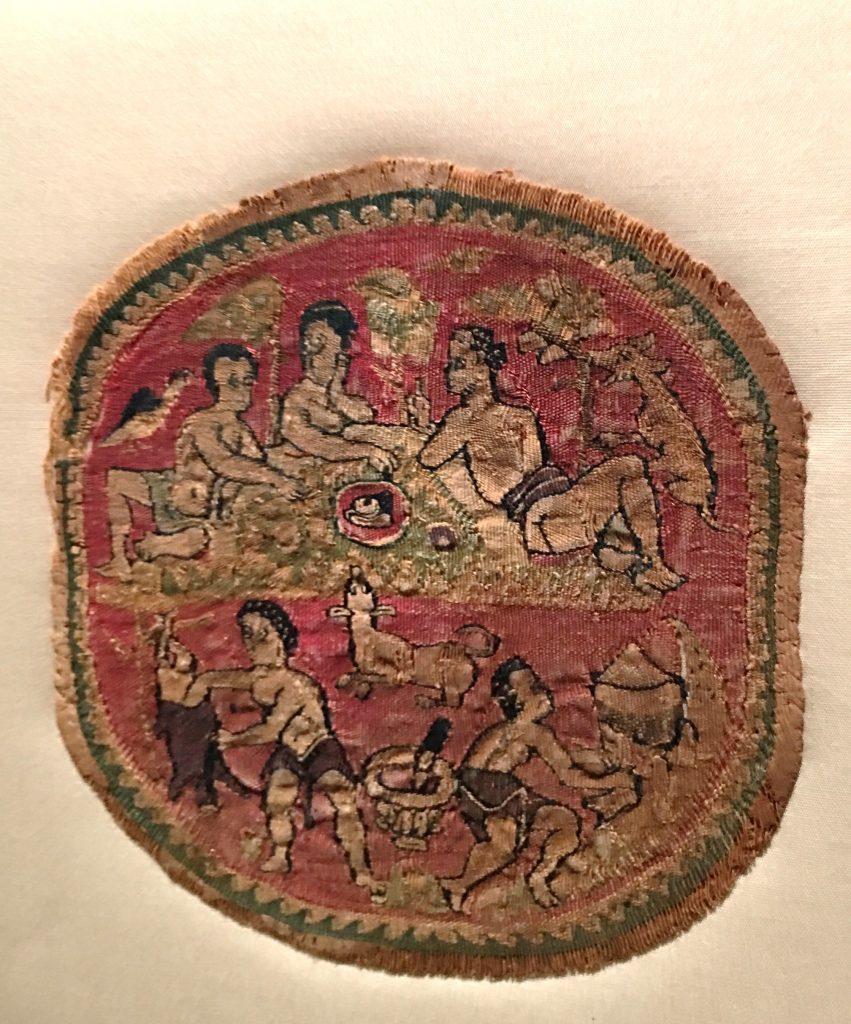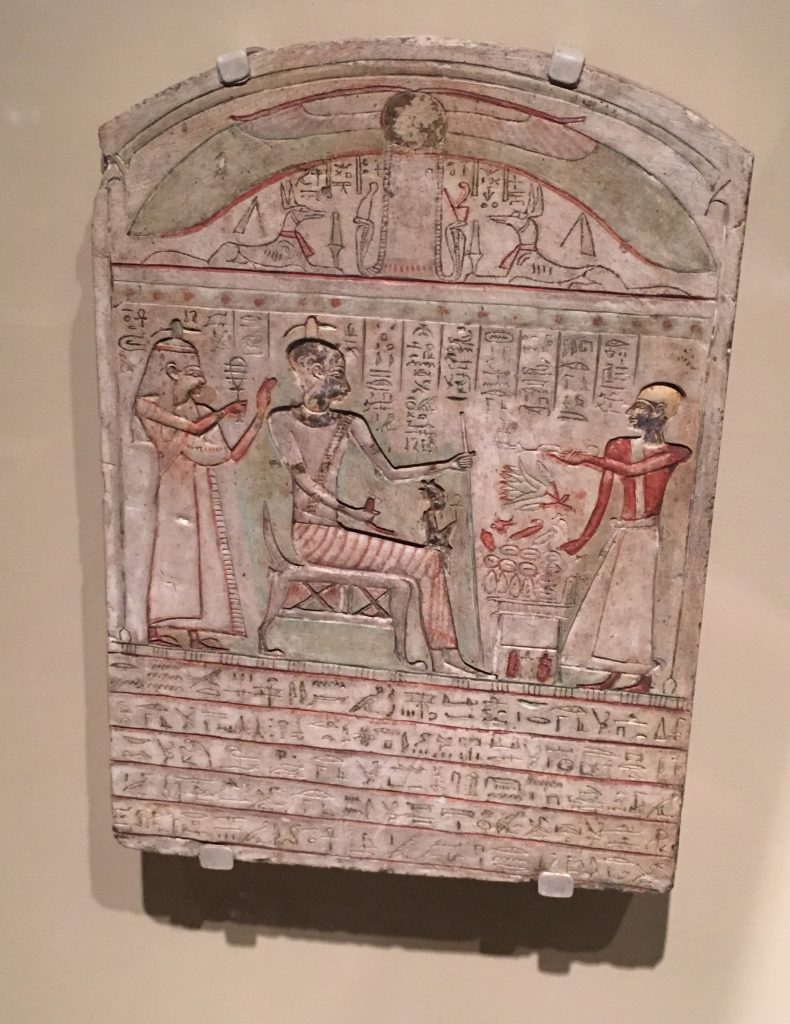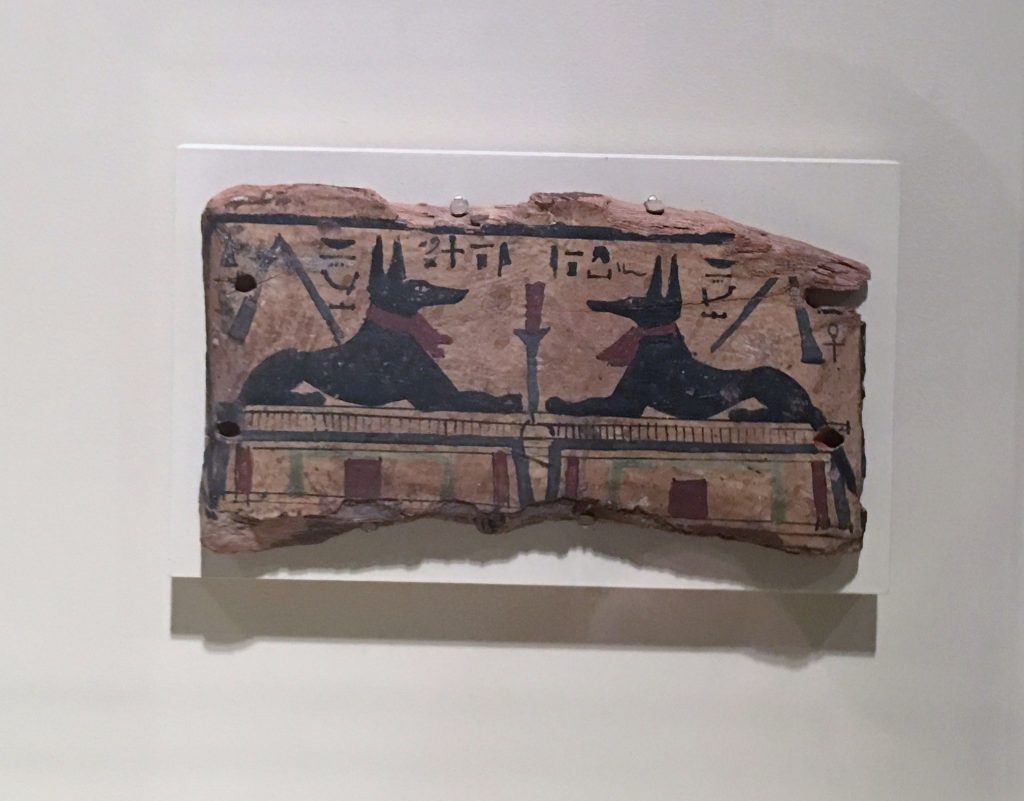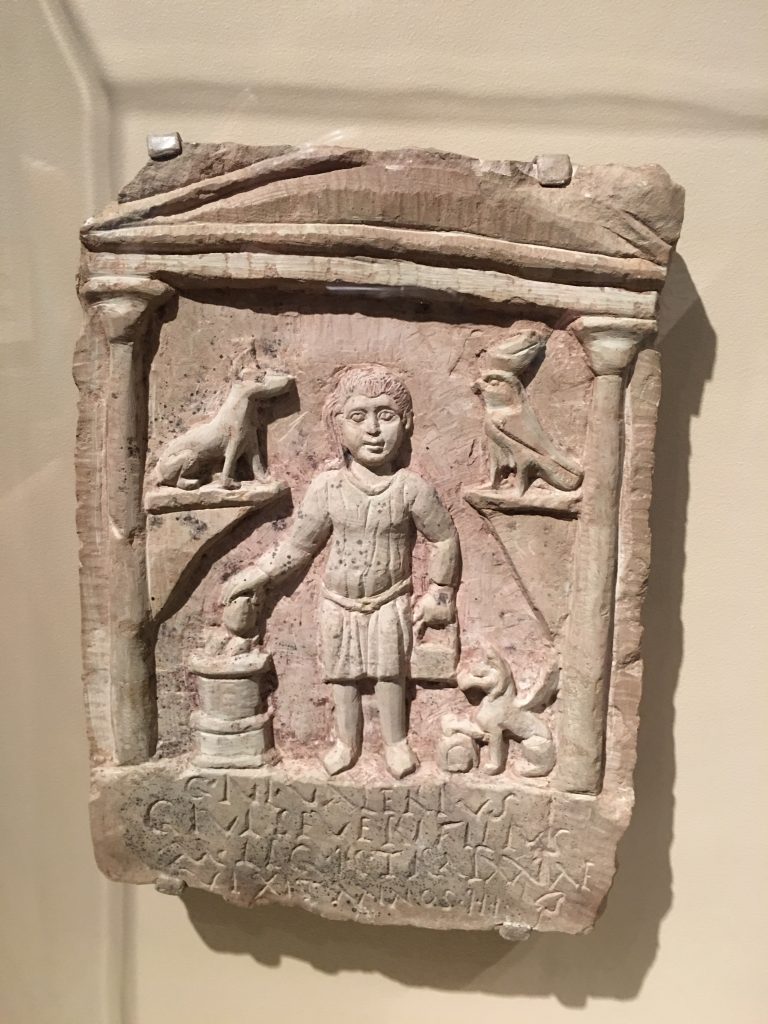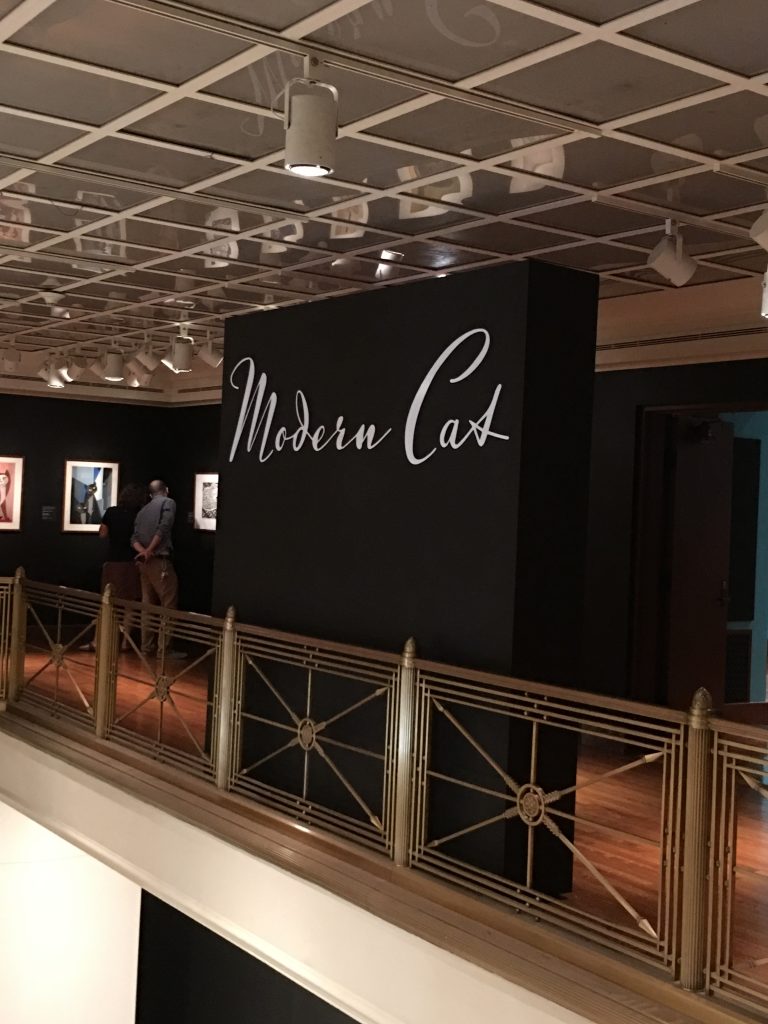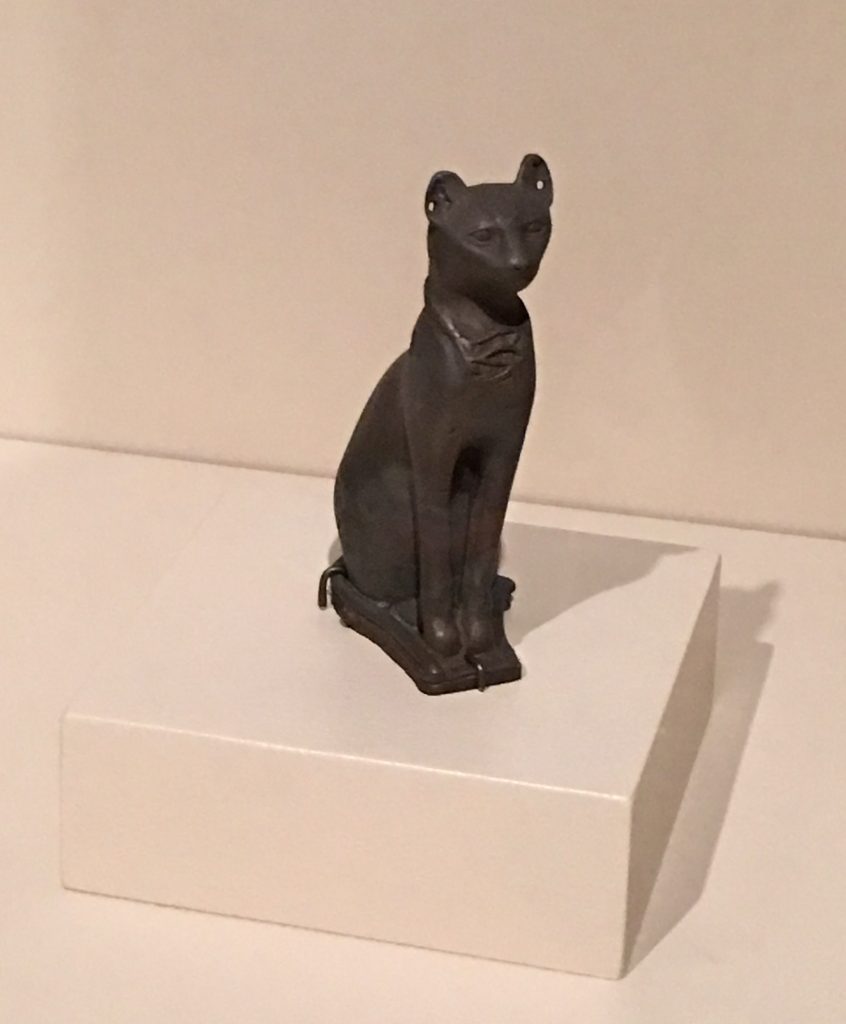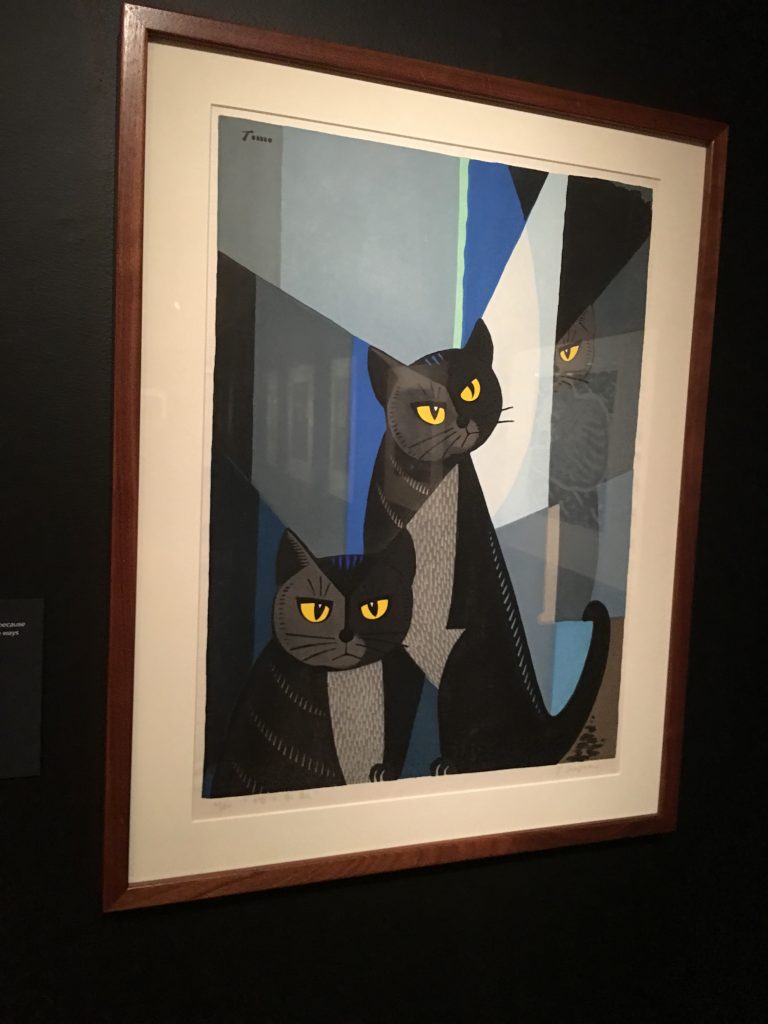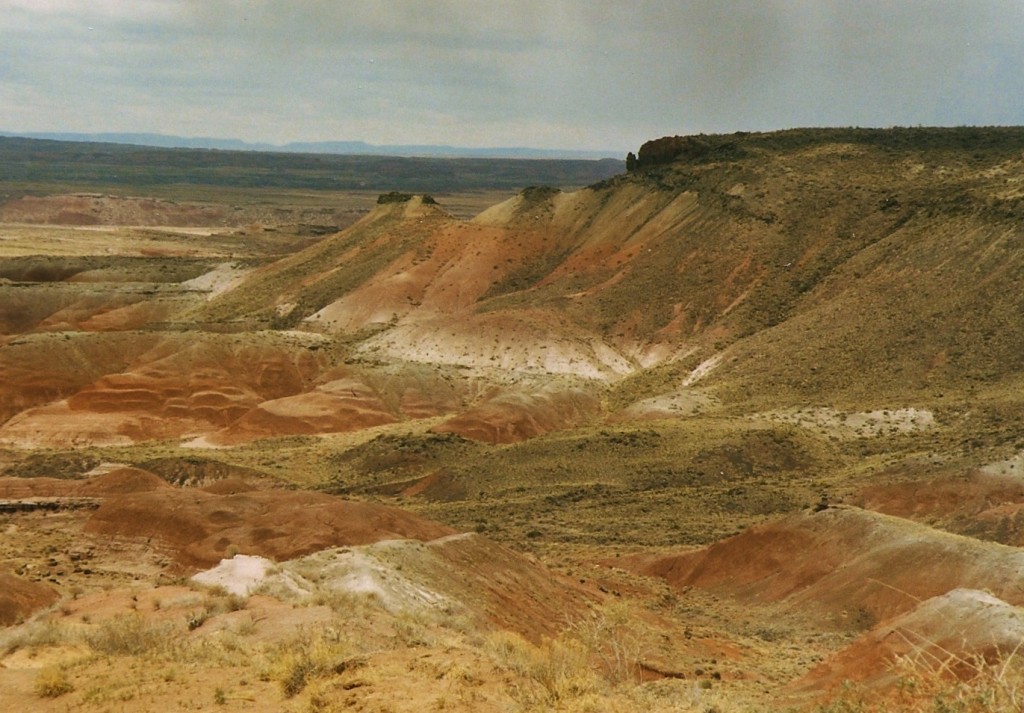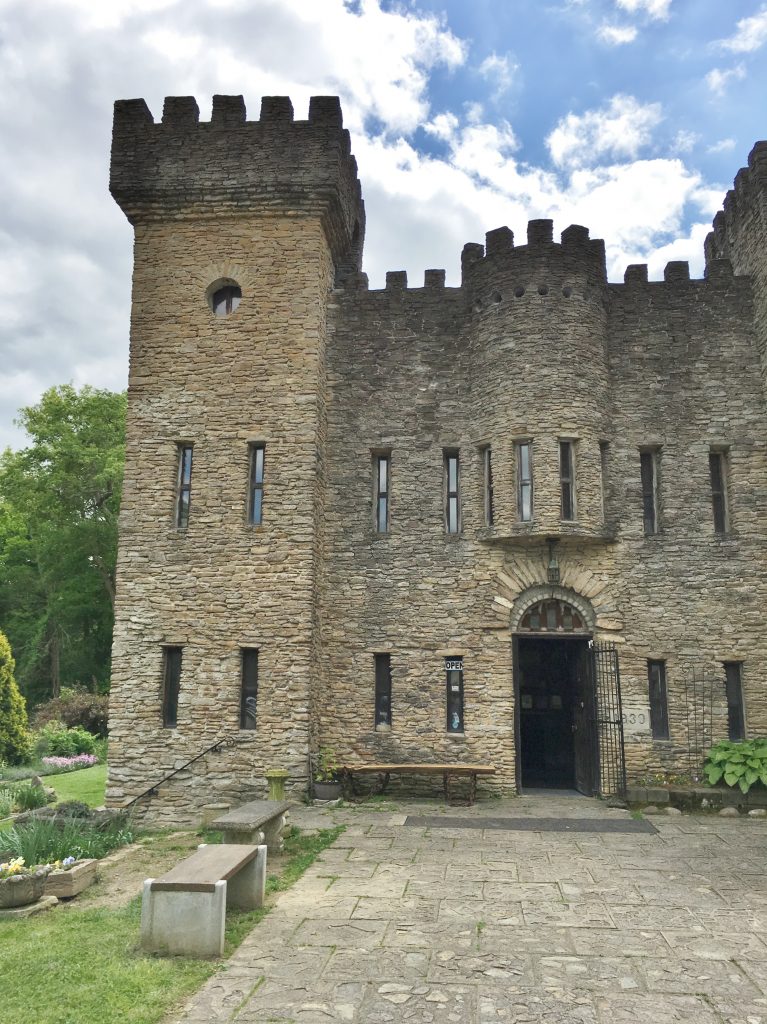
My fairytale adventure began at the entrance of Chateau Laroche in Loveland, Ohio. Locally known as Loveland Castle, this medieval mansion was an amazing labor of love and a symbol of one man’s passion and fascination with castles. It was here that Harry Andrews pursued his dream to design and build a chateau of his own, taking fifty years to complete.
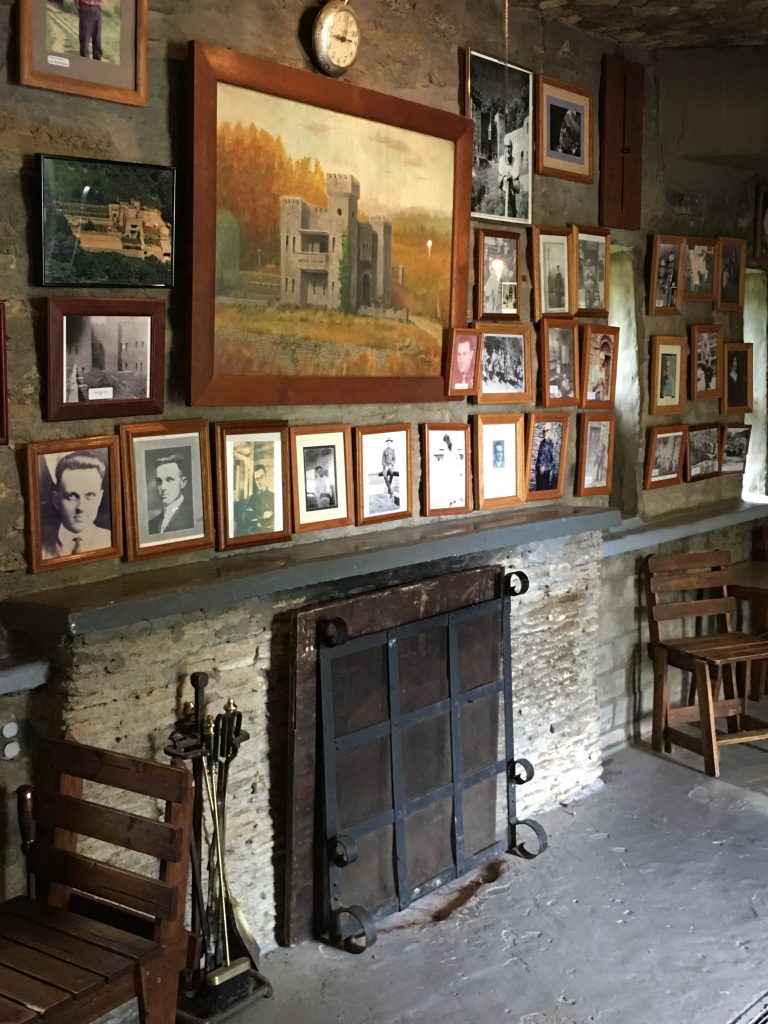
As I entered the estate, there was a beautiful tribute to Mr. Andrews and photographs that journaled his progress in the building of his beloved home.
I was welcomed by Larry Crachting, one of the Knights of the Golden Trail, a society founded by Andrews and a group of his friends. He reminisced about Harry and his heart for the local boy scout organization as well as his life and passions. It was no surprise that the KOGT continues on through its current members preserving a piece of Cincinnati history. Allowing visitors to tour the castle is a wonderful way to carry on the memory of Mr. Andrews and his Chateau La Roche.
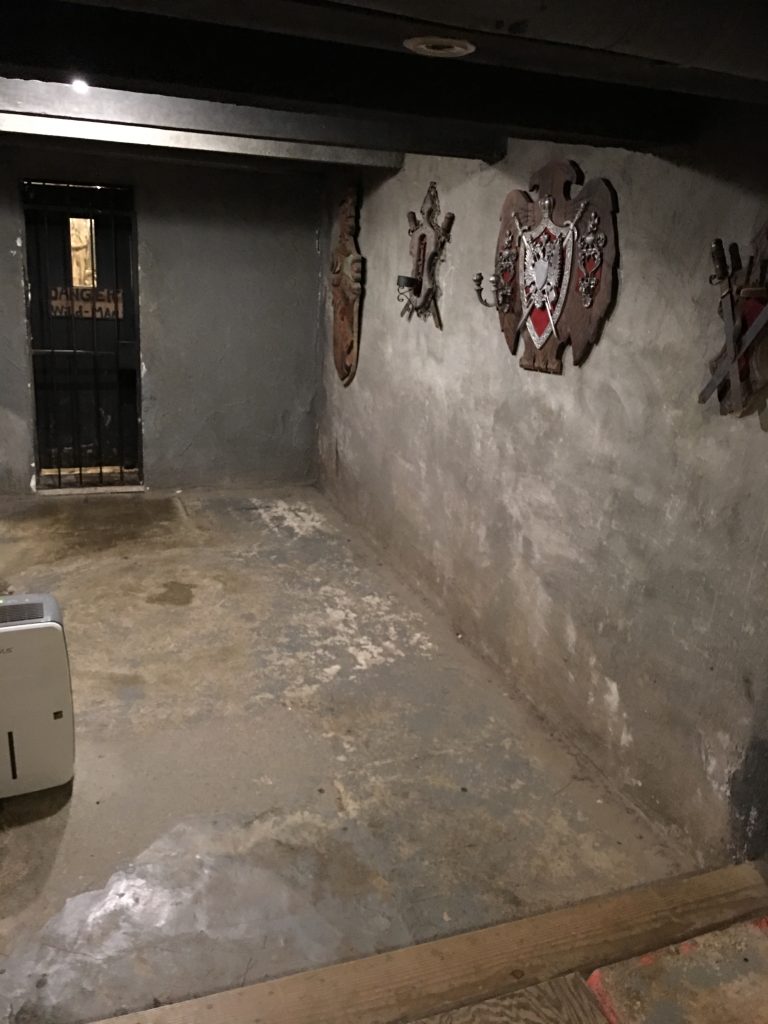
I began my self-guided tour of the castle starting in the dungeon. The tight curved stairway leading to the bottom of the ground floor felt eerily familiar to other dark stone buildings I had visited before. I took a quick moment to look over my shoulder to make sure the door had not closed behind me. As I entered the open room with a prison at the far end, I noticed the “wild man” lurking behind the barred door and then exited the same stairs bringing me back to the main floor.
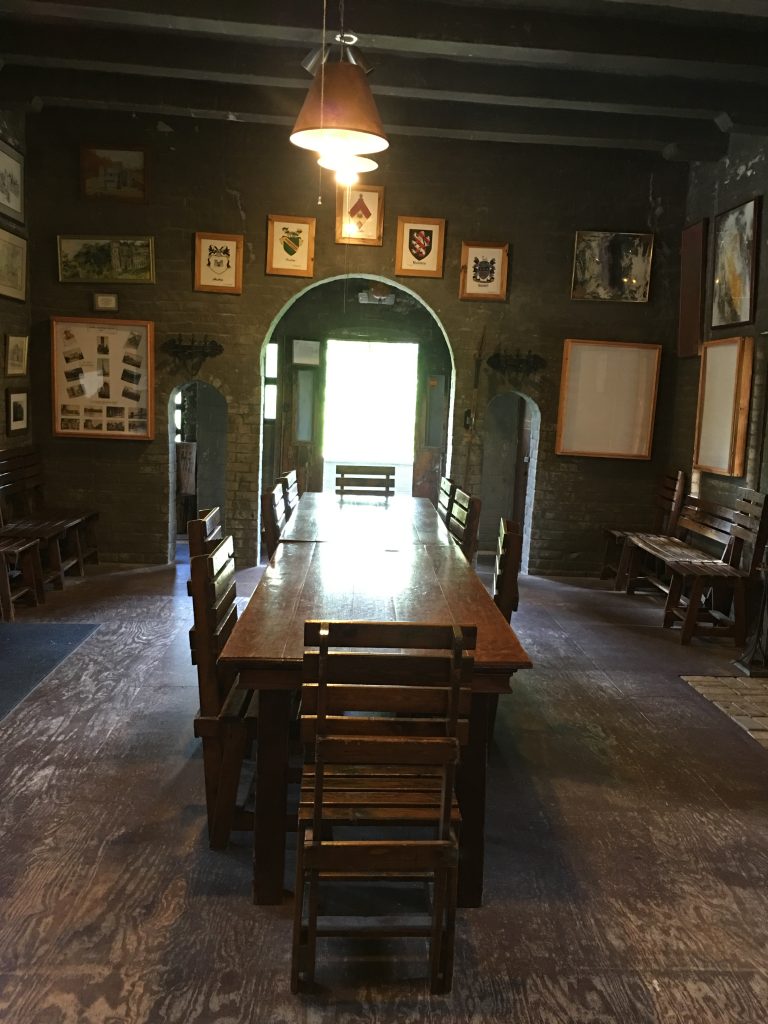
I climbed a second set of stairs to the living quarters which was much more specious and open. A long wooden table with chairs filled the room as a meeting place for the members of the Knights of the Golden Trail. Hanging from the wall was each knight’s coat of arms, representing their heritage and ancestry. I imagined the knights would meet here to discuss their next item of business or maybe their next battle strategy.
I was fascinated by the structural details of the castle. The arches as well as the stone layers give the architecture an added depth to its interior. Crevices and storage areas in Harry’s room displayed additional items such as personal photos, paintings and artifacts. The extension of the balcony provided a scenic view overlooking the Little Miami River, while the tiered gardens could be seen from the upper terrace.
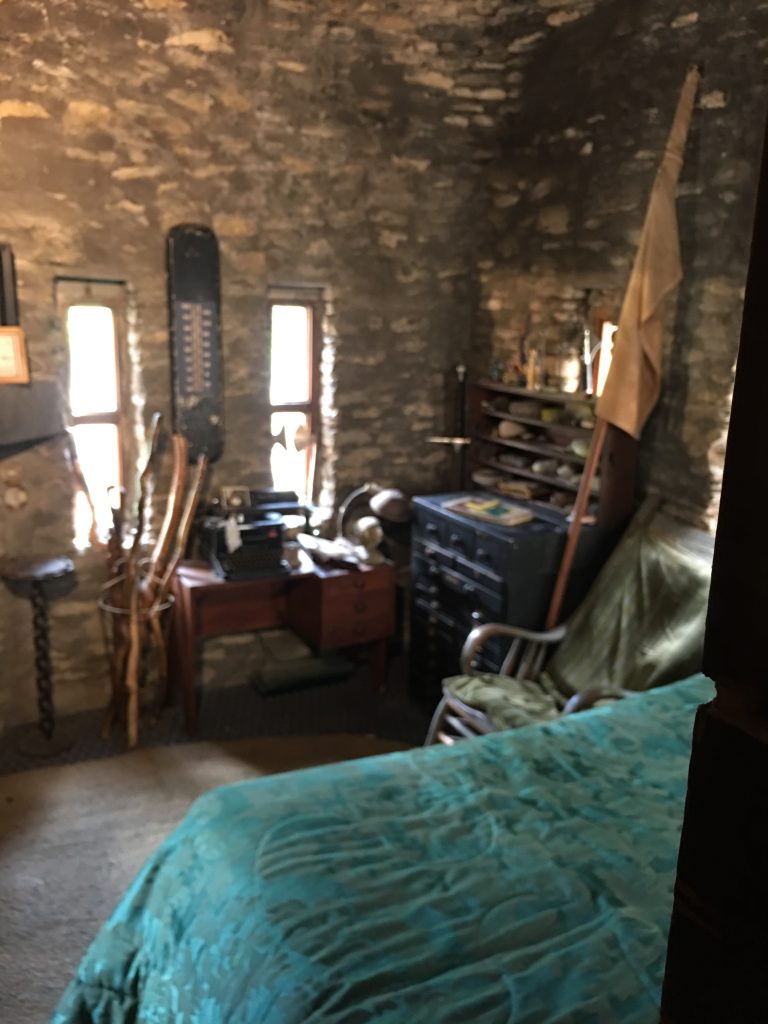
One of my favorite rooms in the castle was Mr. Andrews’ bedroom which reminded me of a tower with its domed ceiling. The room is blocked off, but one can clearly see the fireplace, hearth and medieval painting on display. Harry Andrews mentioned in one of his documentary videos that his colleagues did not believe that he would be successful in creating the dome, but obviously he proved them wrong.
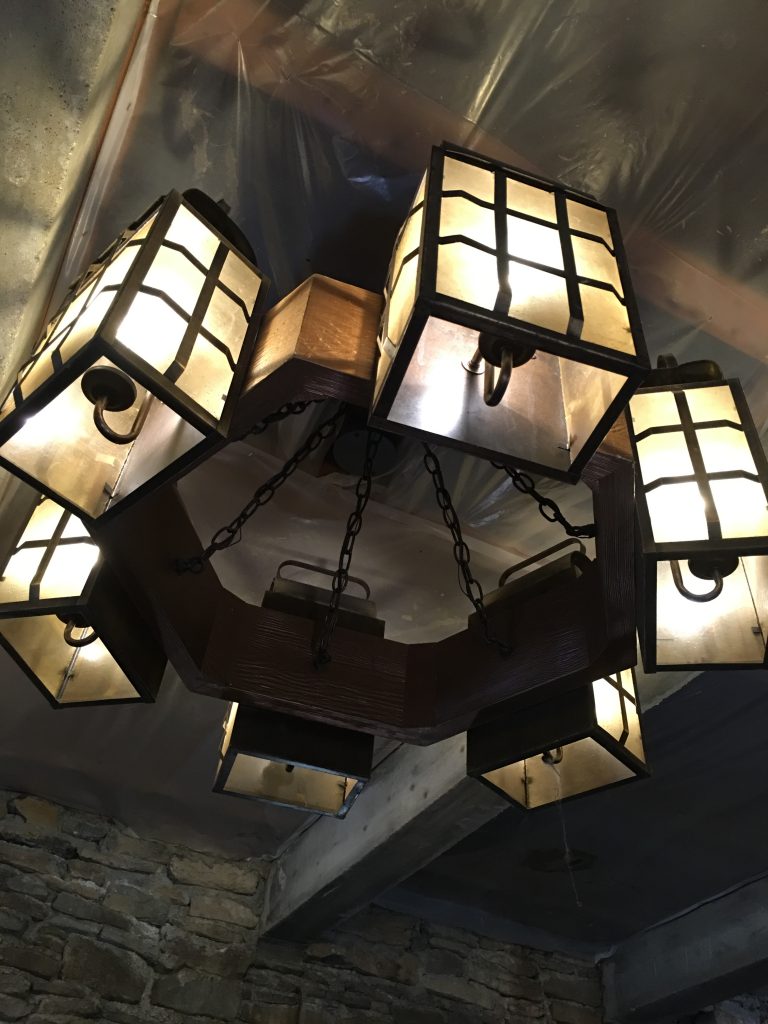
Leaving Harry’s room, a corner display showcased two suits of armor while the hall was lit by a spectacular light fixture.
Looking closely at the stone in the wall, large rocks had been labeled with locations from all over the world. I also noticed a listing of the ten commandments as well as more suits of armor.
I was just wrapping up my tour of the interior of the castle when I happened upon a room with a looped video on display. Three documentaries provided additional information about Harry Andrews and Chateau Laroche. My favorite film was a clip of Harry which captured his sassy sense of humor, his vibrant personality and passion for his castle and organization.
I learned from the video that the castle was based on various fortifications that Andrews once visited after serving in the war in Europe. Sitting on only one acre of land, Chateau Laroche has 31 rooms, 88 battlements and 4 towers that stand 38 feet tall. The sandstones used to create his castle came from the creek bed of the Little Miami River within walking distance of the chateau. Additional blocks of concrete were made by Harry to complete the project when he had run out of useful sandstone.
It was his education at Colgate College in 1916 that ignited a love for the medieval castle as he studied Greek, Roman and Egyptian architecture.
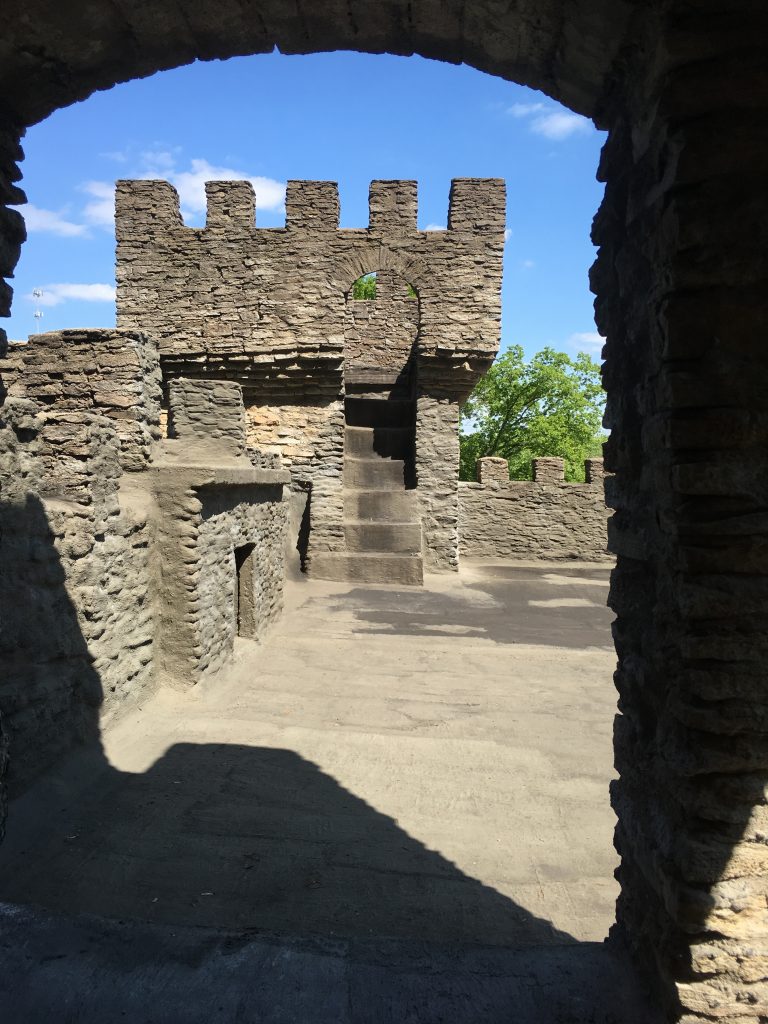
After watching the documentaries, I strolled past the rooftop and realized it was not open to the public. It was quite noticeable that the structure was not stable, blocked off only to be seen through a wrought-iron door.
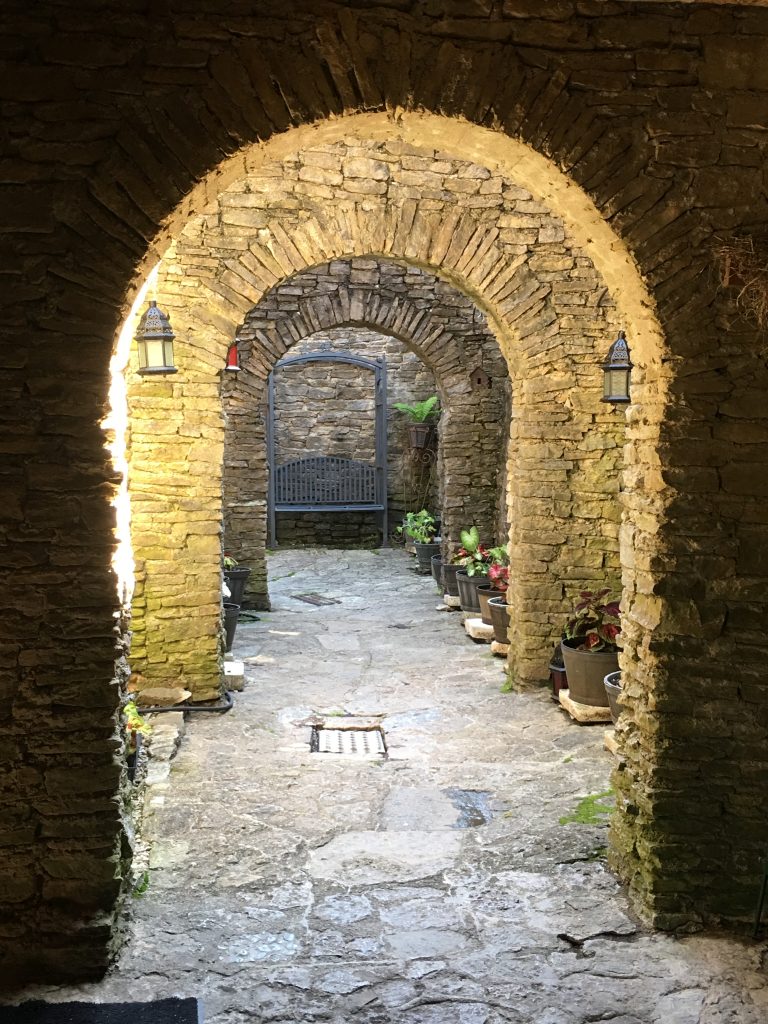
I was looking forward to exploring the grounds of the chateau and began making my way to the ground floor. I was impressed with the beautiful arches that led to the garden, which seemed to radiate with a golden glow from the sunlight.
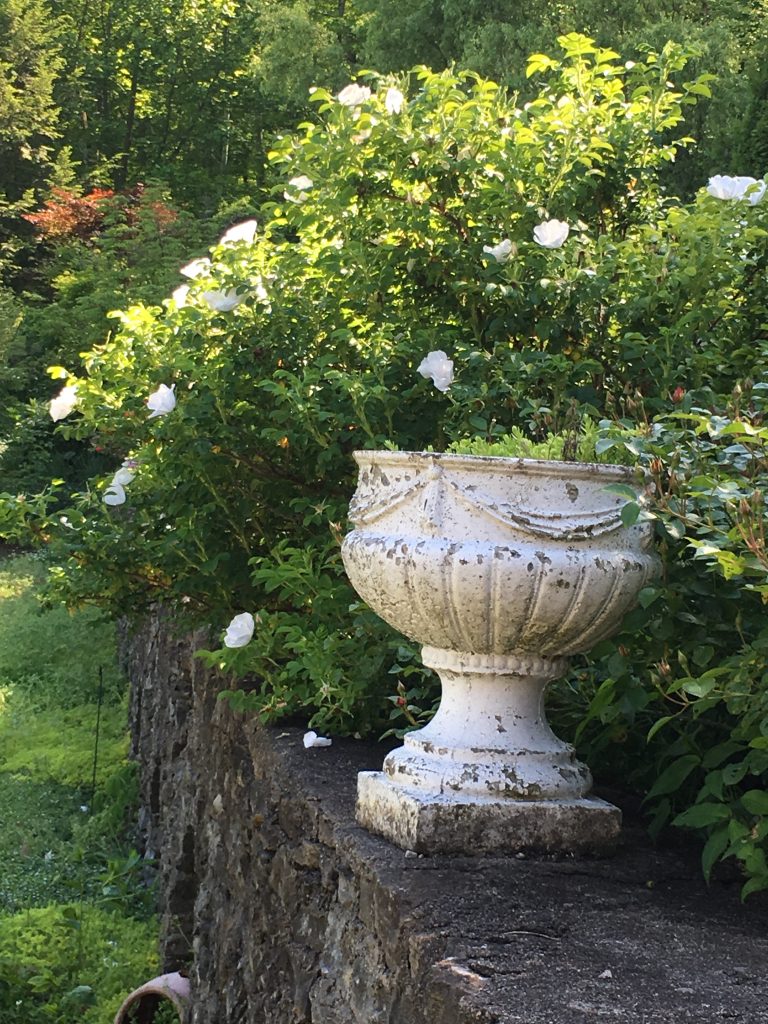
A walk through the gardens felt as though I was visiting an authentic medieval castle and its grounds. The three terraces were adorned with potted plants and rose bushes which were wonderfully fragrant.
Found in unexpected places are private gardens of solitude with elegantly simple arbors. These modest gathering areas are perfect for taking some time to enjoy the outdoors and admire the scenery of the chateau.
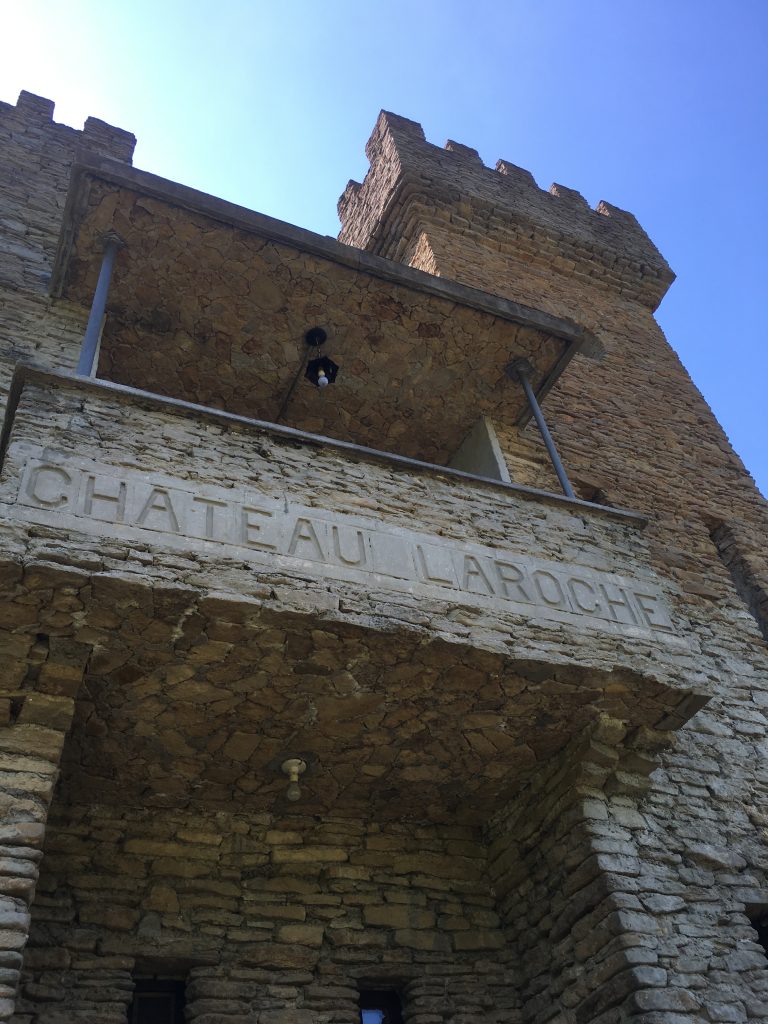
I had completed my tour of Chateau Laroche and was touched by the dedication of Harry Andrews to complete his fabulous masterpiece. It is estimated that he gave 22,000 hours of his life to creating this castle, responsible for 95% of its construction. Over 2500 bags of cement, in addition to the sandstone, were used to build the fortification.
Harry himself was considered a medical marvel having survived meningitis while serving in the military. There is an absolutely fascinating story about his recovery that can be seen at the chateau.
If there was ever one who knew his calling in life, it was Harry Andrews. Watching older videos of Mr. Andrews, I felt a sense of appreciation for his passion for castles and for bringing about an organization dedicated to “doing good”. The Knights of the Golden Trail continue to this day with approximately 60 members who have adopted the legacy that Harry has left to them and his wishes to maintain the castle. Who could have ever imagined that a man, once pronounced dead, would come back from the dead to finish his life’s purpose?
Have you had the opportunity to visit Chateau Laroche and learn about the extraordinary life of Henry Andrews? I would love to hear about your experience if you would kindly leave a message in the comments section below! Many Thanks and Happy Travels!
What to See and What to Do:
Chateau Laroche
12025 Shore Drive
Loveland, OH
Telephone: 513 683 4686
- Admission Fee: $5 per person, children 4 and under are admitted free of charge.
- Hours: Daily from 11AM to 5PM; April 1st to September 30th open everyday including holidays; October 1st to March 31st open everyday, closed on holidays
- Amenities: Site Rental, picnicking, games and puzzles, ghost tours, gardens, video
- Scenic View: Views from the castle overlook the property and gardens.
- Length of Visit: 1 – 2 hours
- Tips for Your Visit: Maximum of 40 parking spaces available. The restroom upstairs is closed to visitors.
Where to Stay:
TownePlace Suites by Marriott Cincinnati Northeast Mason
9369 Waterstone Blvd.
Cincinnati, OH 45249
Telephone: 513 774 0610
Where to Eat:
Paxton’s Grill
126 W. Loveland Avenue
Loveland, OH 45140
Telephone: 513 285 8147
The Caesar Salad with Blackened Grouper and a bowl of Hungarian mushroom soup was the perfect lunch combo!
